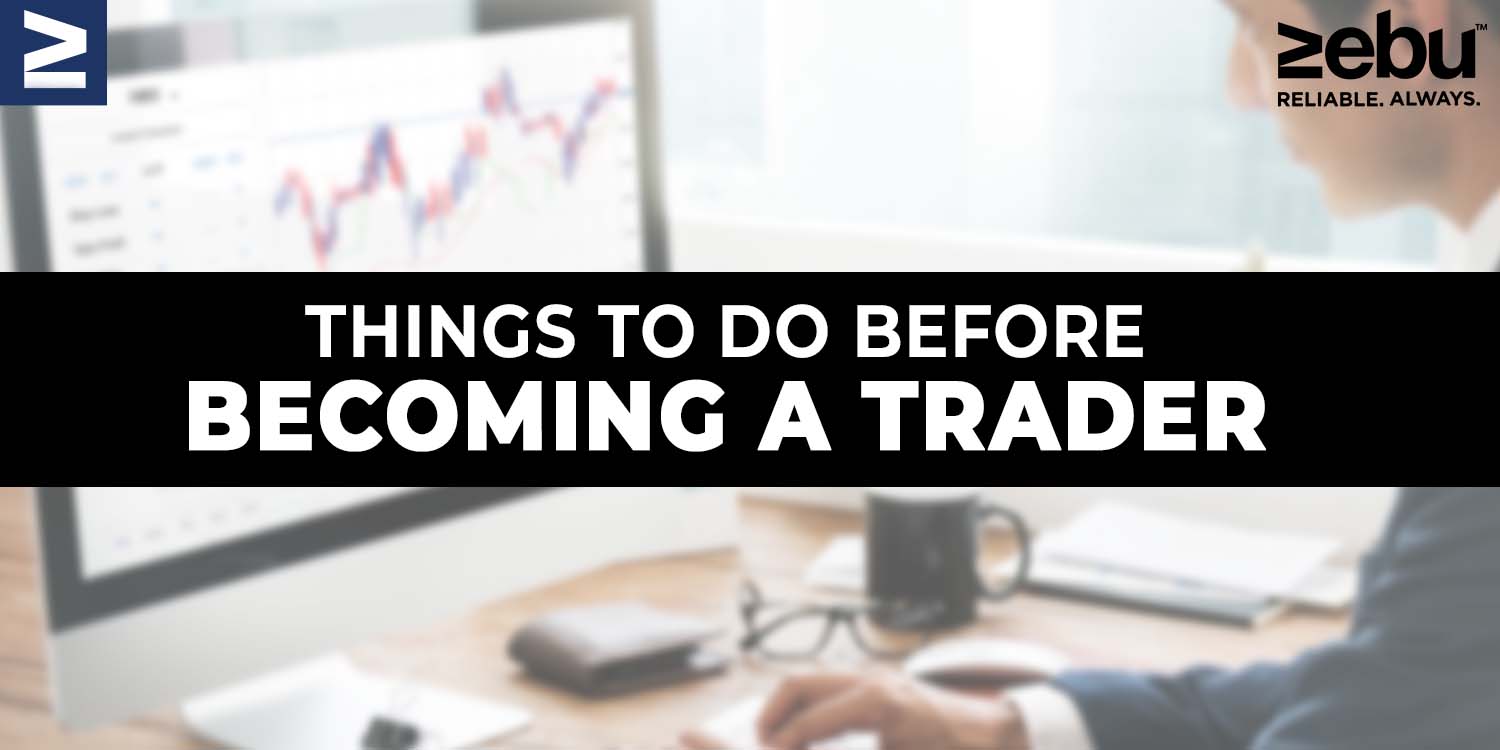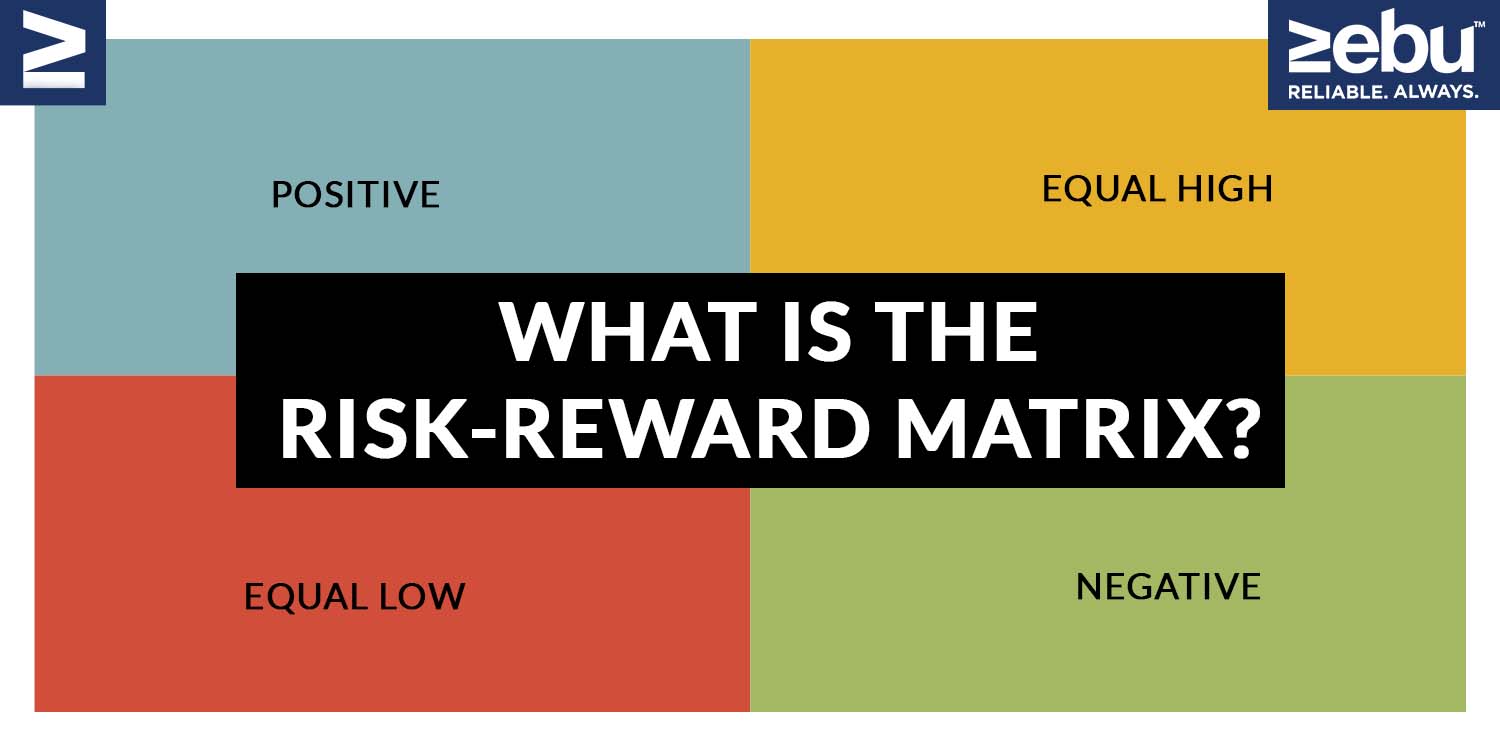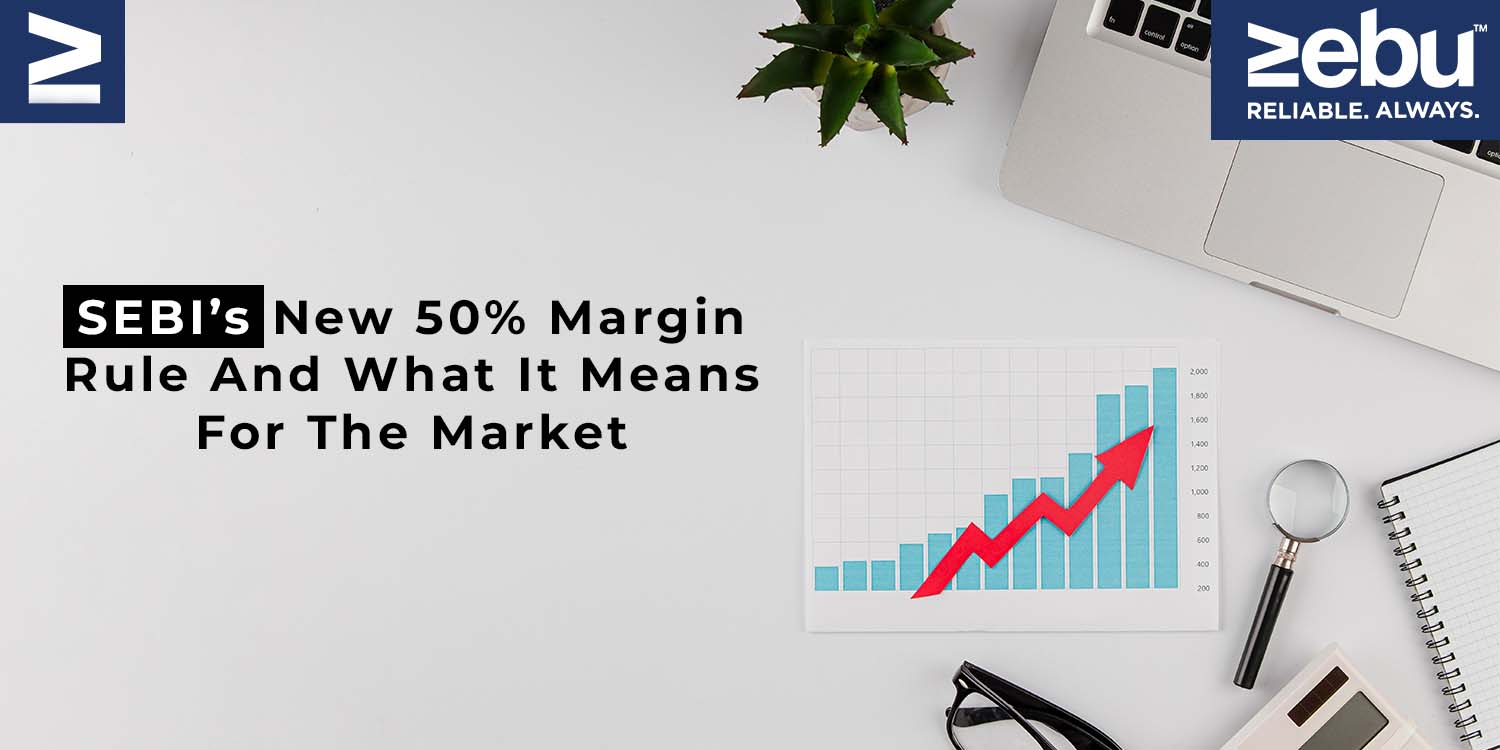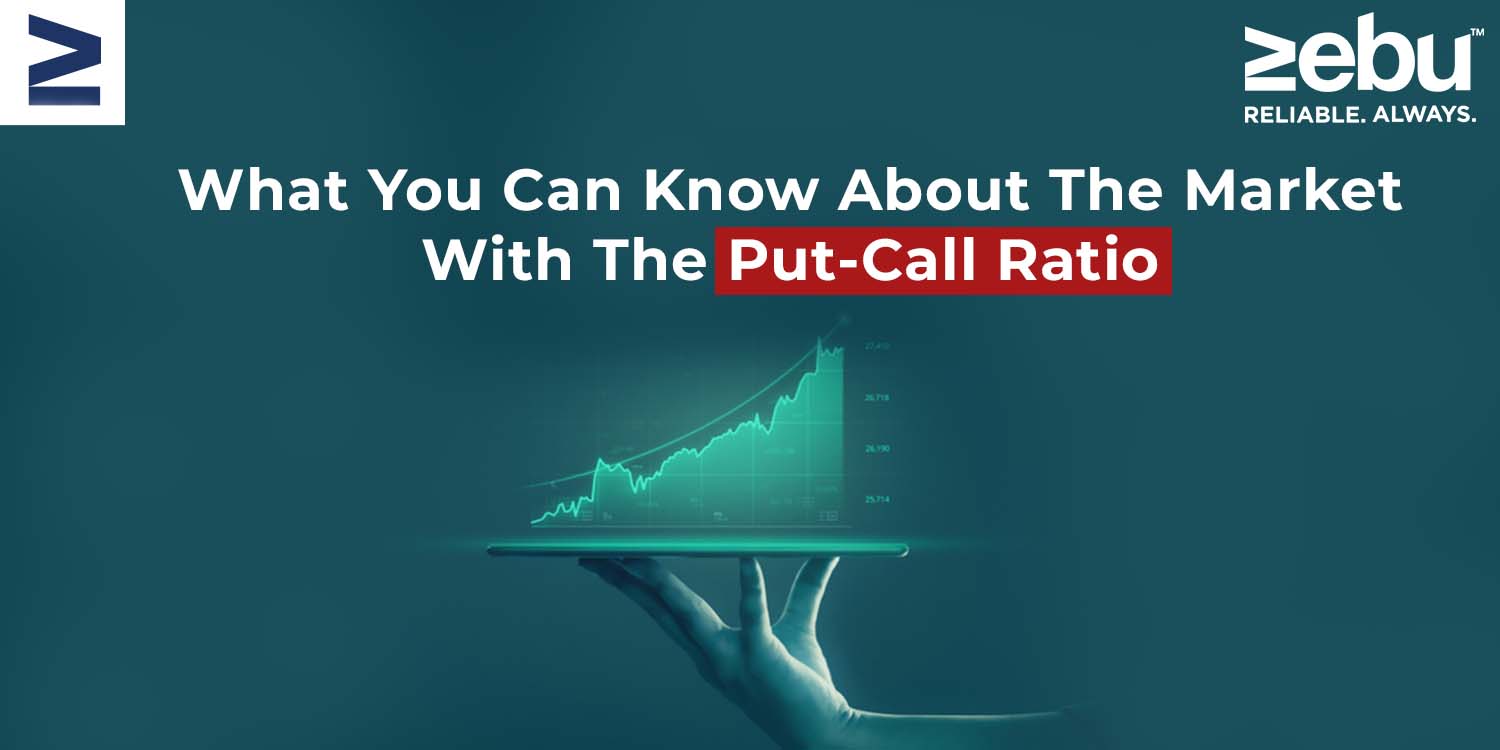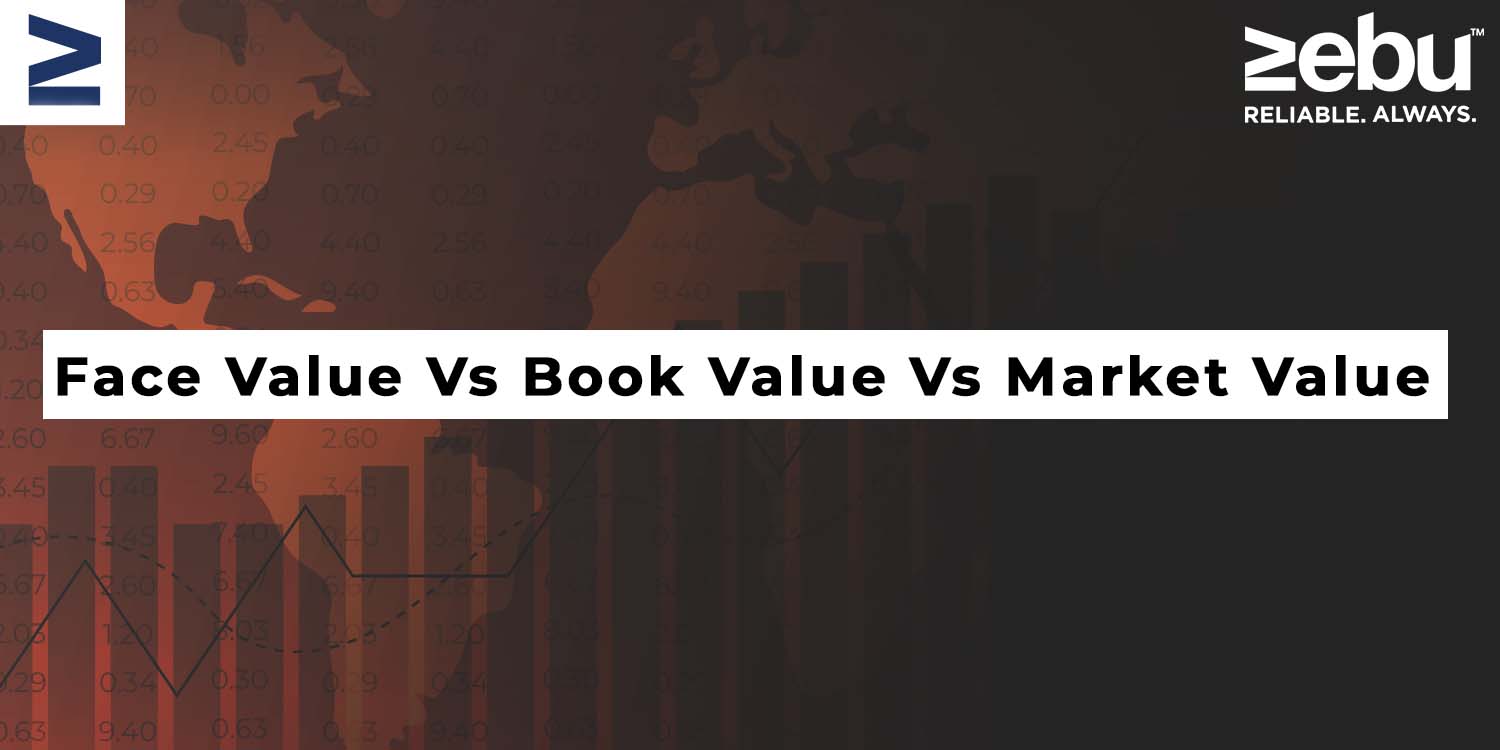
Starting your investment journey can be intimidating but is a necessity considering inflation and economic uncertainty. That is why you need a sound investment strategy to help you meet your financial objectives. At Zebu, it is our mission to help every Indian become financially independent and that is why we have platforms that will help you invest wisely. Please get in touch with us to know more.
At Zebu, an online share broker company it is our mission to help everyone in India become financially independent, we offer the best online stock market trading platform with the best trading accounts.
Here are four things to think about before choosing an investment strategy.
Financial Objectives
Your long-term and short-term financial goals should be the main thing you think about before you choose an investing strategy. Keeping track of such financial goals will help you make smart choices. Some examples of such goals are getting married, going back to school, travelling abroad, and buying a new smartphone.
For instance, if you want to save up for a trip to your favourite foreign country, a post office deposit or a recurring deposit could be some of the best ways for you to invest. You can put money in either of these accounts at a post office near you.
Budgeted, near-term cost
When looking for a way to invest in India, one of the most important things to do first is to figure out how much you expect to spend in the future. These can be things like your child’s wedding, college, or buying a home.
If you do this, you’ll have a better idea of how much money you need to invest now in order to get enough money back in the future to pay for any upcoming bills.
Present Expenses
When looking for the best way to invest, it’s important to start by looking at what you’re already spending. For example, if you don’t have any big expenses like rent, you will have more money to save or invest for the long term.
But if you have financial obligations that make it hard for you to save much money, it would be better for you to invest in a financial plan that gives you a good return on your money.
Financial Dependents
Most people in India don’t think about how their dependents’ finances affect them when they buy an investment plan. Still, you have to do this because you need to have enough investments or savings to meet the financial needs of your dependents as well as your own.
For example, if you only have two children who depend on you, you probably won’t need to invest as much as someone who also has to take care of their parents, siblings, and children.
Investment options for short-term goals
Plan for investment for one year
If you like to invest for the short term, even three years can seem like a long time. But there are many 12-month investment plans that can also help you avoid market risks. Here are some good short-term investments you might want to think about:
• Recurring Deposits
• Fixed Maturity Plan
• Post Office Deposits
• Arbitrage Funds
• Debt Fund
• Fixed Deposits
Plan for an Investment for 3 Years
3-year investment plans are a common type of short-term investment plan. These plans are best for people who want to make a lot of money in a short amount of time. Here are some choices you might want to think about:
• Liquid Funds
• Fixed Maturity Plan
• Recurring Deposits
• Savings Account
• Arbitrage Funds
Plan for 5 Years of Investing
Even though five years is a long time, in India a five-year investment plan is usually seen as a short-term investment with low market risk. But compared to other short-term investments, the returns on a 5-year investment plan are much higher. So, here are some choices for you to think about:
• Savings Account
• Liquid Funds
• Post Office Time Deposit
• Large Cap Mutual Fund
As an online share broker company, it is our mission to help everyone in India become financially independent, we offer the best online stock market trading platform with the best trading accounts.
